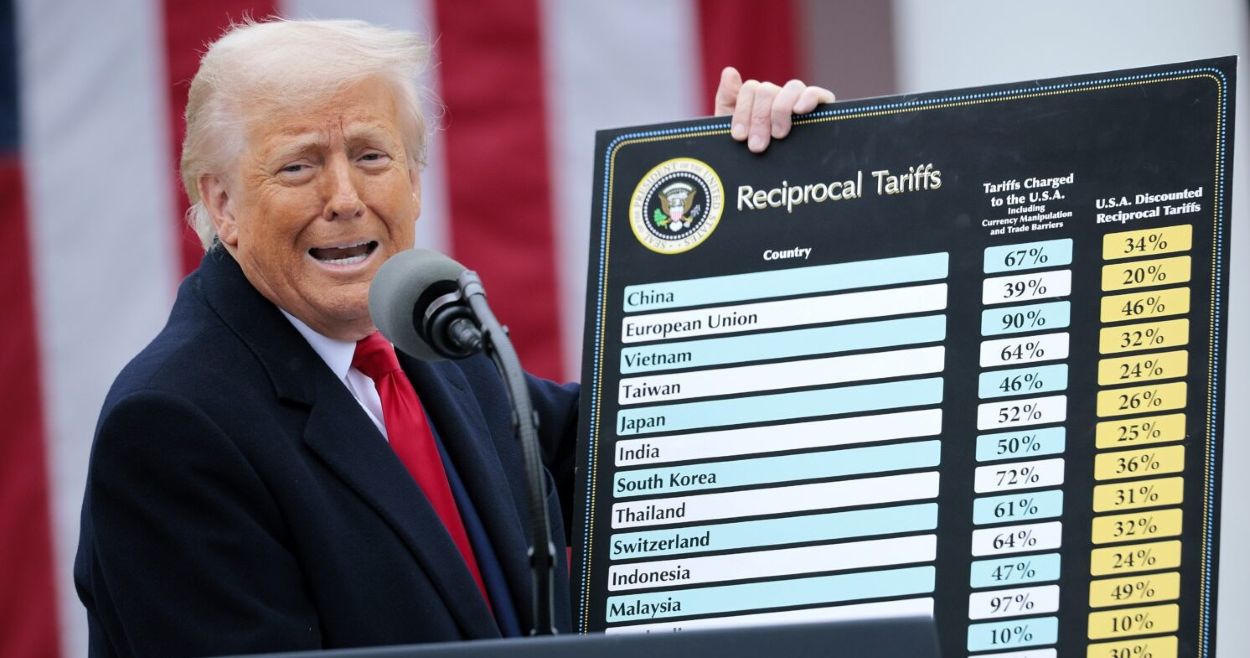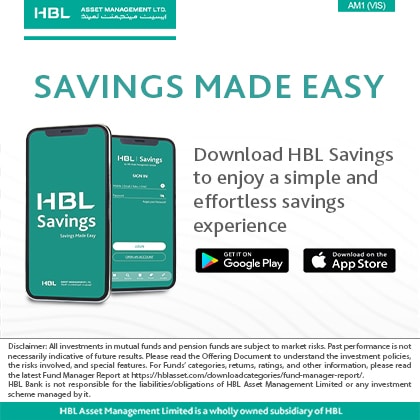President Donald Trump announced a new trade deal with Indonesia on July 16, 2025, imposing a 19% tariff on its goods. This agreement aims to reduce the U.S. trade deficit and secure more favourable terms.
Indonesia commits to buying $15 billion in US energy, $4.5 billion in farm products, and 50 Boeing jets. Talks continue with other partners like India, amid an August 1 deadline for higher tariffs. The EU, facing a 30% threat, readies countermeasures on US imports worth billions. Yale Budget Lab estimates US effective tariffs could reach 20.6%, the highest since 1933. Below, we detail the deals, impacts, and responses from balanced sources representing US, EU, and global perspectives.
As Reuters reported, the pact lowers Trump’s initial 32% threat to 19% on Indonesian imports. US exports face no tariffs, granting full market access. It includes penalties for Chinese transhipment via Indonesia. 17 Trump stated on Truth Social: “They are going to pay 19% and we are going to pay nothing.”
Indonesia’s 2024 trade with the US totalled under $40 billion, with a $18 billion US deficit. Top imports include palm oil, electronics, footwear, and shrimp. Indonesian official Susiwijono Moegiarso confirmed a joint statement is forthcoming. This deal resembles recent pacts with Vietnam (20% tariff) and the UK.
Trump’s policy disrupts decades of low barriers, aiming to cut the trade deficit. 16 Yale Budget Lab projects effective rates at 20.6% (or 19.7% with shifts), up from 2-3% pre-Trump. This could lead to higher consumer prices and slower growth.
US President Donald Trump announces a trade deal granting US goods full access to Indonesia’s market, while Indonesia agrees to a 19% tariff on exports to the US. pic.twitter.com/z3pAO16oxZ
— Al Arabiya English (@AlArabiya_Eng) July 15, 2025Deals so far: UK, Vietnam, interim with China, roadmap with India. Trump said India follows a similar path for access.
The European Union is planning to impose tariffs on €72 billion ($84.1 billion) worth of U.S. goods, which include Boeing aircraft, cars, chemicals, and food products. This move is in response to Trump’s threat of a 30% tariff announced on August 1. EU Trade Commissioner Maroš Šefčovič expressed concerns about the potential for these tariffs to disrupt normal trade. Additionally, Mexico is facing threats of tariffs ranging from 30% to 35%, with discussions continuing on the matter. In reaction to these developments, Asian-Pacific markets showed mixed responses, with indices fluctuating.
Trump’s Tariff Rates Summary:
| Country/Bloc | Announced Tariff Rate | Status |
|---|---|---|
| Indonesia | 19% | Deal reached |
| Vietnam | 20% | Deal reached |
| UK | Not specified | Framework agreement |
| China | Interim baseline | Negotiations ongoing |
| EU | 30% threatened | Retaliation prepared |
| Mexico | 30-35% threatened | Talks underway |
| India | Roadmap | Similar path expected |
Data from Yale Budget Lab and official announcements suggest that Trump’s deal in Indonesia supports his tariff agenda, but countermeasures from the European Union are on the horizon. This policy could lead to increased costs and potential trade wars, according to economic analyses.






